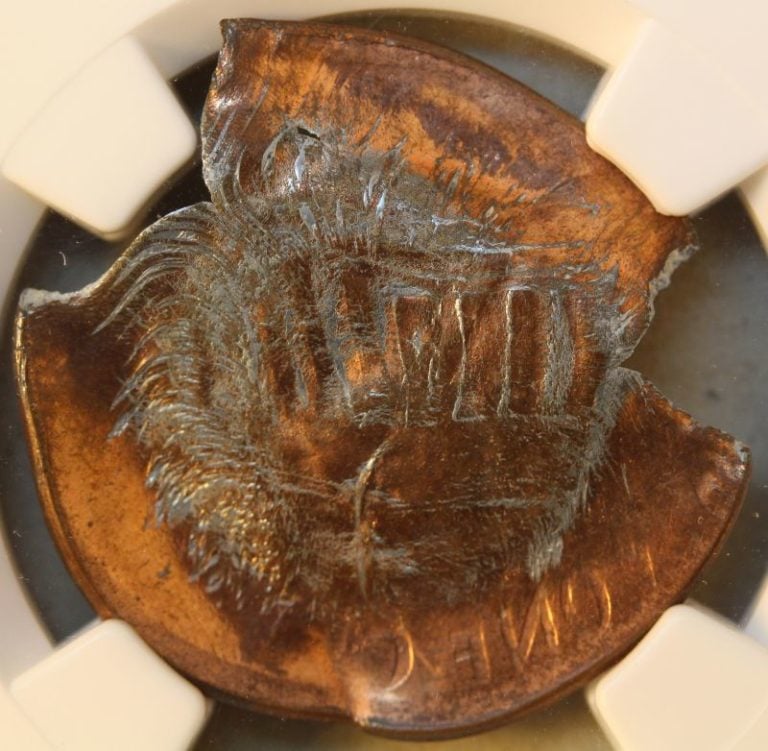1944 rare penny.
in Q & A Forum
I found this one, a 1944 penny, no mint mark, no tail strike.
Someone have some info about it? Google don't shows any similar.
1
Comments
I'm not sure I understand, are you saying there is no reverse? Pictures are needed to say for sure, but good chance the reverse was ground off. If that's the case it's just a normal cent that has been damaged. Have you weighed it to see if it is full weight?
I worked for a long time with metals (copper/brass) engraving, striking. I certainly can say this is just one piece, haven't any intervention, it's just one piece with no tail strike. I'm trying to get better pictures.
I worked for a long time with metals (copper/brass) engraving, striking. I certainly can say this is just one piece, haven't any intervention, it's just one piece with no tail strike. I'm trying to get better pictures.
The reverse has been ground down. You can’t have a coin with the rim on only one side
unless it has been altered. Weigh it to two decimal points and you will see that it is lighter.
Just a damaged CENT with no extra value.
I doubt it. It's the same thickness as the rest of the pennies I have. To wear down the engraving, you'd need to remove at least 1/2 millimeter. Also, when you wear it down, you'd leave sandpaper marks. You can't wear something like that down with 00 sandpaper; you need to do it gradually.
On the other hand, the metal on the back looks raw (exactly how you'd want it for stamping, but without stamping). I'm only suspicious, hearing that coins are normally minted in draft/re-draft, it wouldn't make sense for it not to be stamped on one of its sides. I'm not kidding when I say that I've worked with metals for a long time. I'll weigh it anyway to be sure.
@Laraya said,
"I'm not kidding when I say that I've worked with metals for a long time".
.
Have you ever made an ash try, a pin or how about just exploring the what if factor at work?
You have to do better than what I've read and seen to prove a theory
Also, If you could, show (photo) the thickness using your mic.
When you photograph the obverse close up.
Flip the coin in the proper manner to it's reverse, right side up, as to view what can be viewed.
I hate typing, ya know.
Lol.
The only scenario where a coin can be struck on only one side is if two planchets were stuck together during striking. I really don't know what this would do to the rim on the planchet, or what the edge would look like. Weigh the coin first, most likely you'll find it underweight.
The only scenario where a coin can be struck on only one side is if two planchets were stuck together during striking. I really don't know what this would do to the rim on the planchet, or what the edge would look like.
If there is more than one planchet in the striking chamber, the planchets would be smashed.
It is cool, but not worth anything. It might technically not even be worth a cent because it has been defaced and the one cent has been taken off.
Respectfully.
Rosie